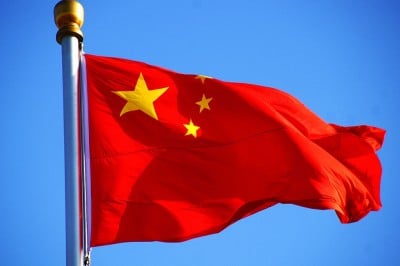After the Court Decision: A New Era in China ASEAN Cooperation?

The decision of the Permanent Court of Arbitration in the Hague on the China- Philippines territorial dispute announced on the 12th of July 2016 may well emerge as a turning-point in the long-standing wrangles over islands in the South China Sea.
China expectedly has rejected the decision. It has reaffirmed its claim of territorial sovereignty and maritime rights over almost all of the South China Sea (SCS) particularly the contested Spratly Islands. It argues that its claim is rooted in history. Nonetheless, China has once again reiterated that it is committed to a peaceful resolution of all territorial squabbles pertaining to the SCS that involve, apart from the Philippines, three other ASEAN states, namely, Brunei, Malaysia and Vietnam, and Taiwan.
The new Philippines government has lauded the Arbitration Court’s decision as an important contribution to ongoing efforts in addressing disputes in the SCS. Foreign Secretary, Perfecto Yasay, has expressed his government’s determination to “pursue the peaceful resolution and management of disputes with a view to promoting and enhancing peace and stability in the region.” He asserted that the decision upheld international law, particularly the 1982 United Nations Convention on the Law of the Sea.(UNCLOS)
This is what is commendable about the Court’s decision. By spelling out clearly that China has violated the Philippines’ Exclusive Economic Zone (EEZ) by interfering with its petroleum exploration in the zone, by constructing artificial islands and by allowing its fishermen to fish in the zone, the Court has emphasized the significance of upholding the UNCLOS. In an increasingly globalised world where trade among nations, the quest for natural resources and the pursuit of economic activities that transcend boundaries will lead inevitably to inter-state disputes and tensions, a law such as the UNCLOS is indispensable. This is why all governments especially in ASEAN should express publicly their support for a decision that has underlined the significance of international law.
The Court’s decision also repudiates China’s 1947 “nine-dash line” argument that since China has historical records to show that its navigators had explored the islands in the SCS for centuries it could exercise proprietary rights over them. As I had pointed out in an article on the 29th May 2012, “for hundreds of years before the 13th century the ancestors of present-day Filipinos, Indonesians and Malaysians, known for their superb maritime skills were in fact the masters of the seas in the entire region, including what is now known as the South China Sea.” The Court rightly reminds the Chinese that “there was no evidence that China had historically exercised exclusive control over the waters or their resources.”
In light of the Court’s decision it would be in China’s own interest to put aside the “nine-dash line “argument and begin negotiations with all the other claimants to the SCS. The new Philippines government under President Rodrigo Duterte has expressed its willingness to talk to the Chinese authorities. The governments of Vietnam, Malaysia and Brunei are also positively inclined towards negotiations. Negotiations could be bilateral or multilateral. There is perhaps a basis for multilateral discussions since some of the territorial claims are overlapping. Whatever it is, China’s sweeping claim to the whole of the SCS enshrined in its “nine-dash line” theory was a huge barrier to any quest for a just and equitable solution. Now that it has been unambiguously rejected in international law, the Chinese should move ahead and try to re-energise relations with its neighbours on a stronger foundation.
What that stronger foundation could be has already been hinted by China itself and some of its neighbours in recent remarks. China and ASEAN as a whole could collectively explore the purportedly huge wealth that the South China Sea offers. It is established that the SCS has abundant fisheries and could be one of the major sources of protein for the world in the decades to come. It is believed that it also contains vast quantities of oil, gas and other minerals. Agreements could be forged among ASEAN states and China that would enable them to work together on harnessing this wealth for the good of the millions of people who live in this region.
At the same time, if China and ASEAN are prepared to work together they could also protect the freedom of navigation in one of the most important shipping lanes in the world. The South China Sea is vital to world trade and will become even more important in the future as global economic power shifts from the Atlantic to the Pacific.
To put it in a nutshell, let the Arbitration Court’s decision in The Hague yesterday set the stage for a new era in China-ASEAN cooperation for a better tomorrow.
Dr. Chandra Muzaffar is President of the International Movement for a Just World (JUST).

